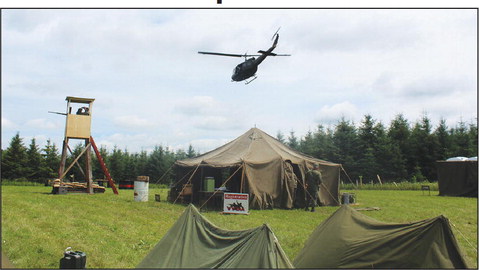Vietnam War reenactment helps veterans heal


Of the many wars the United States has participated in during the past century, the war fought in Vietnam is probably the least understood by the American public today. U.S. invo...


Of the many wars the United States has participated in during the past century, the war fought in Vietnam is probably the least understood by the American public today. U.S. invo...